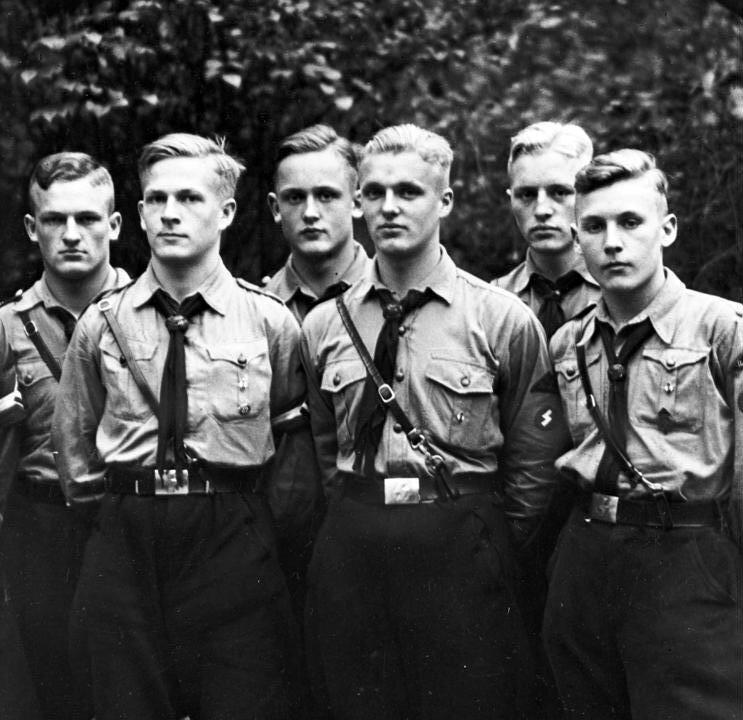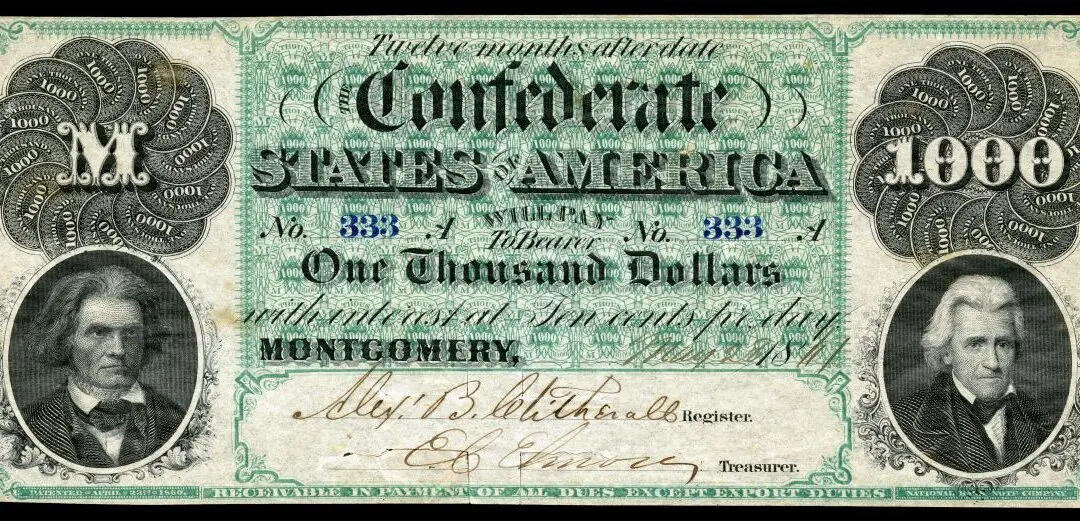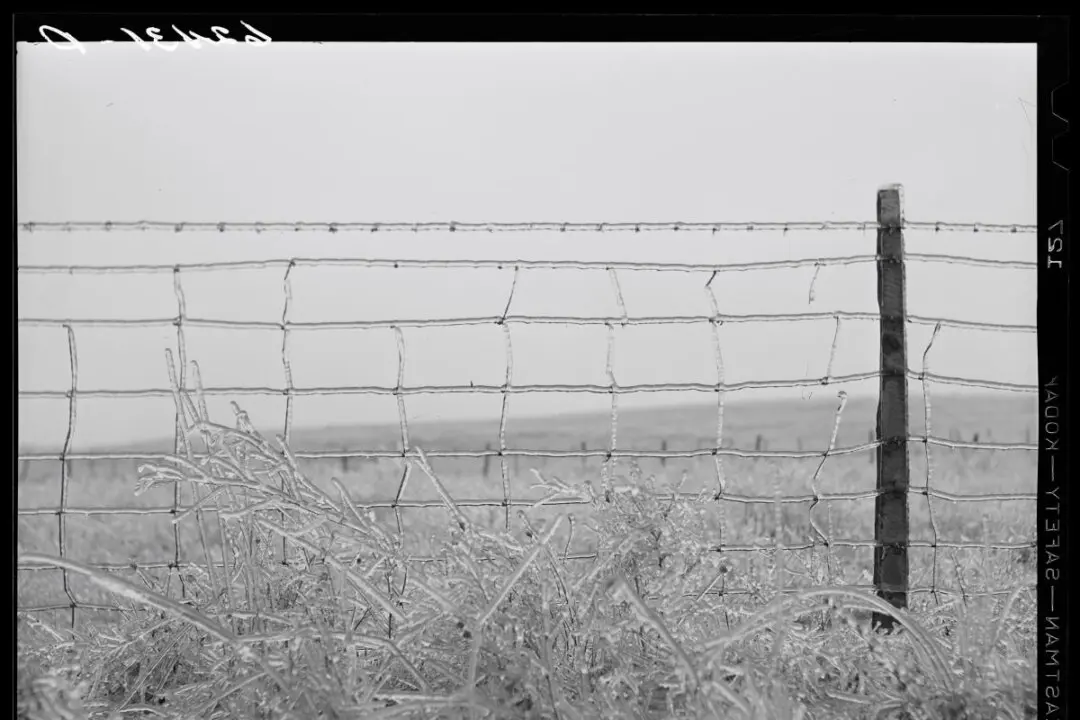With each passing year, another collection of works about World War II is produced. From economic analyses to military histories to biographies to historical fiction, there seems to be an endless supply. The war was a moment, lasting less than a decade, in which the world attempted to destroy itself. It is a moment that has left us still, in some ways, working toward reconstruction. The result was toppled economies, obliterated cities, remapped nations, and the long struggle of the Cold War. But it was what people suffered through that is most important to reflect upon.
In the many works that continuously flow forward from the minds of historians, economists, and veteran soldiers, there are angles and narratives that are most often ignored. The German soldier’s perspective would fall into that category. On its face, the German perspective is difficult to appreciate. Perhaps this is why it should be analyzed all the more, and not simply from the outside looking in—that is, from the Allied perspective.






